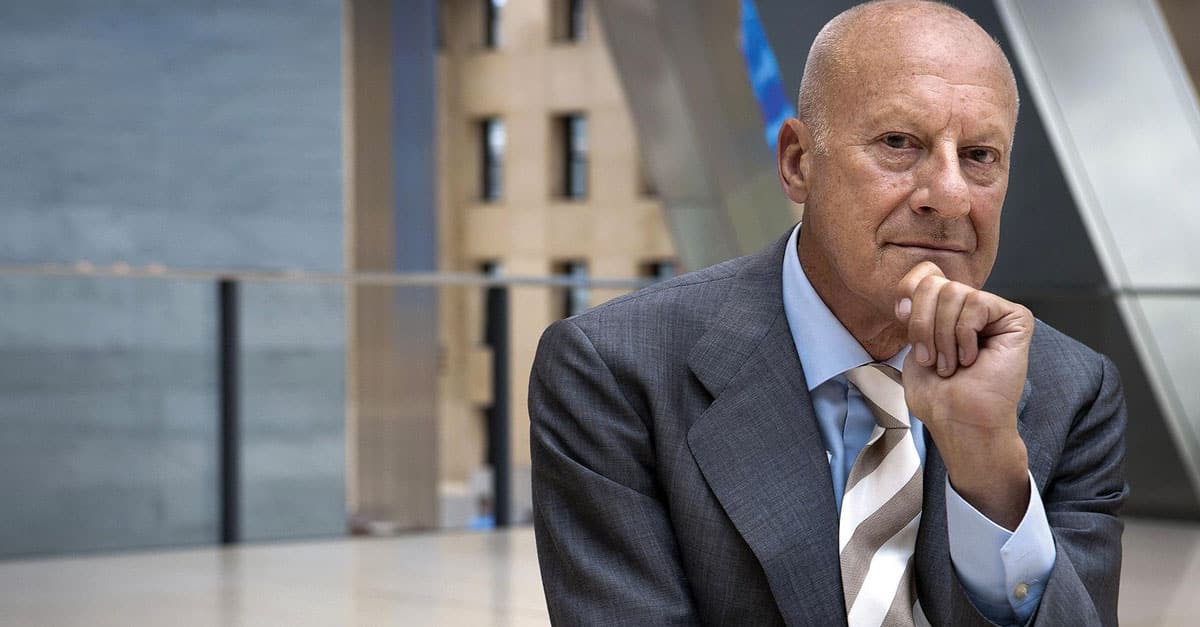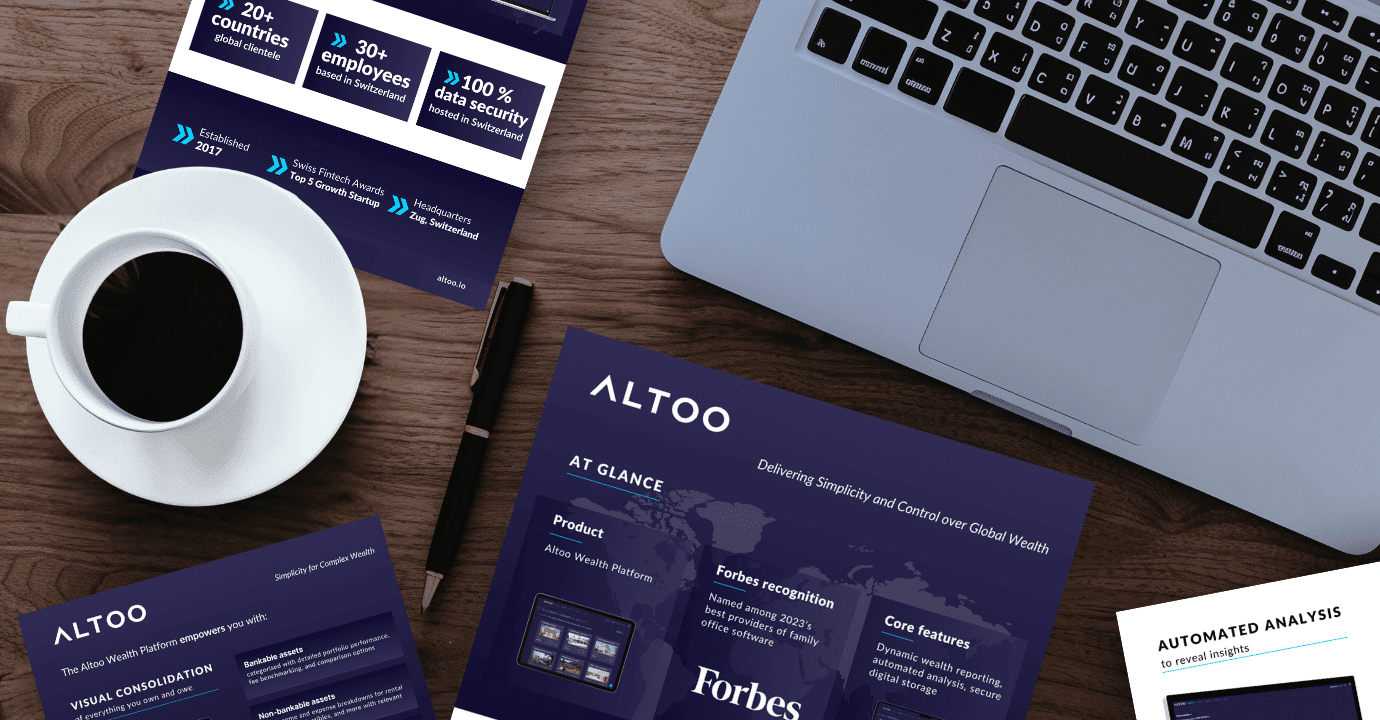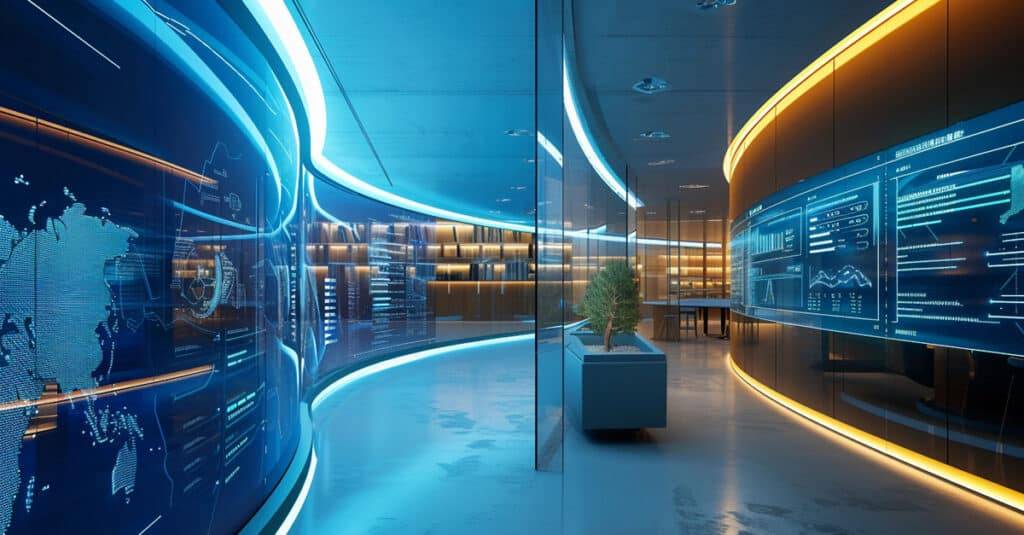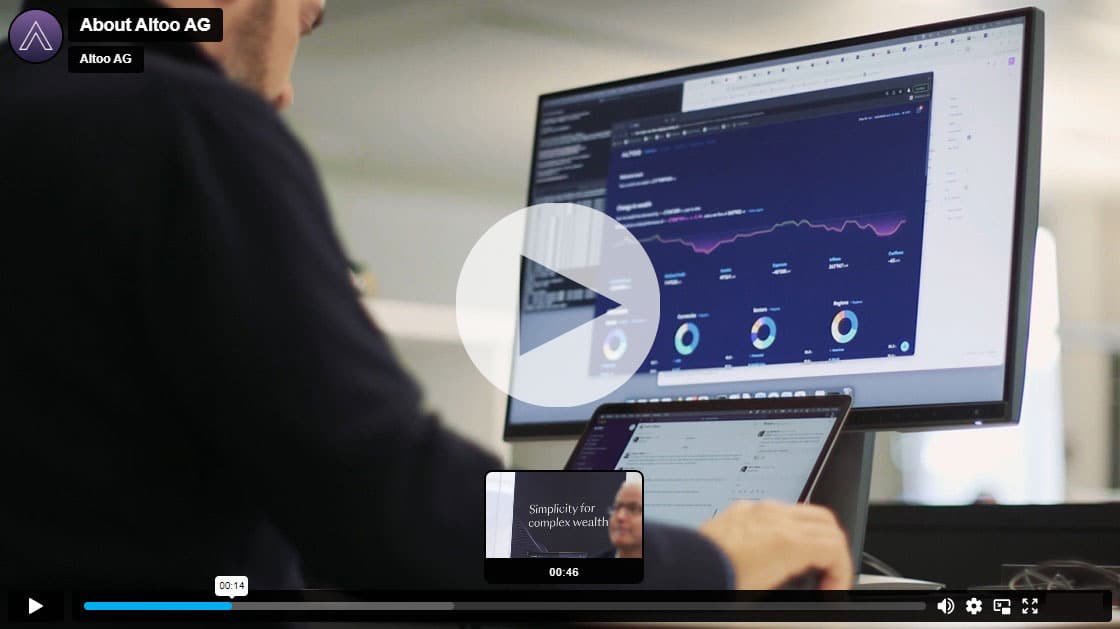Early Years and Formation of Foster Associates
Born in Manchester, England, on June 1, 1935, Norman Foster studied at the University of Manchester (1956-1961) and Yale University (1961-1962). In 1963, Foster joined Richard Rogers, Su Rogers, and Wendy Foster to form Team 4, a collaborative architectural practise. This partnership allowed Foster to experiment freely and push boundaries, laying the groundwork for his future groundbreaking designs. In 1967, Foster founded his own firm, Foster Associates, which became Foster + Partners in 1992.
High-Tech Architecture and Sustainable Solutions
One of Foster’s defining characteristics as an architect is his pioneering work in high-tech architecture. Embracing technological advances and innovative materials, Foster created sleek, modern buildings characterised by steel and glass. His designs not only showcased architectural excellence, but also incorporated sustainable principles, anticipating today’s environmental concerns.
Foster’s commitment to sustainability is evident in projects such as the Hong Kong and Shanghai Banking Corporation headquarters in Hong Kong. Completed in 1986, this futuristic steel and glass office building exemplifies Foster’s ability to seamlessly blend high-tech design with environmental consciousness. By incorporating green spaces and maximising natural light, Foster created a harmonious relationship between the built environment and nature.
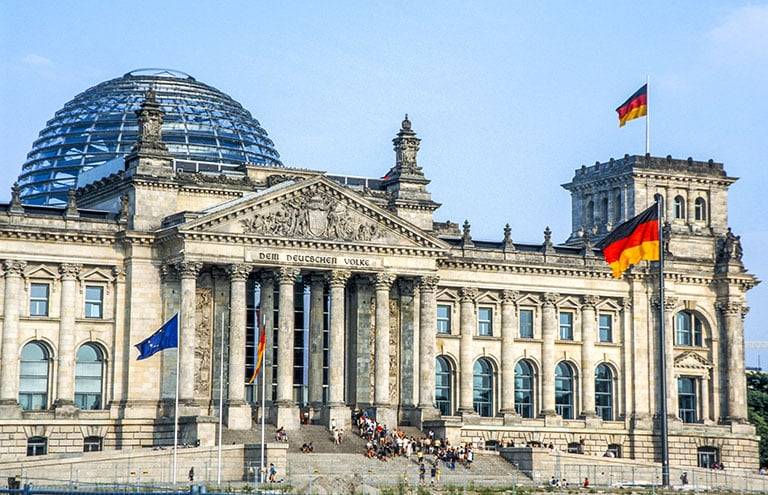
Iconic Projects that Redefined Architecture
Throughout his illustrious career, Norman Foster has been responsible for a plethora of iconic projects that have redefined architecture. Let’s delve into a selection of his most influential works:
Wealth Aggregation: Simple, Dynamic, and Secure Beyond Compare. Discover the Altoo Wealth Platform!
Completed in 2003, the Gherkin, officially known as 30 St. Mary Axe, is a symbol of modern London. This distinctive glass tower rises 41 stories above the city skyline and showcases Foster’s mastery of high-tech design. Its unique form and energy-efficient design have made it an architectural marvel and an iconic landmark.
Foster’s renovation of the historic Reichstag Building in Berlin, completed in 1999, is a testament to his ability to blend the old with the new. The addition of a stunning glass dome to the existing structure not only provided a breath-taking view of the city, but also symbolised the transparency and openness of German democracy.
Located on the banks of the River Thames, City Hall is a striking addition to London’s skyline. Completed in 2002, this iconic building serves as the administrative centre for the Greater London Authority. With its unique egg-shaped design and energy-efficient features, City Hall demonstrates Foster’s commitment to sustainable architecture.
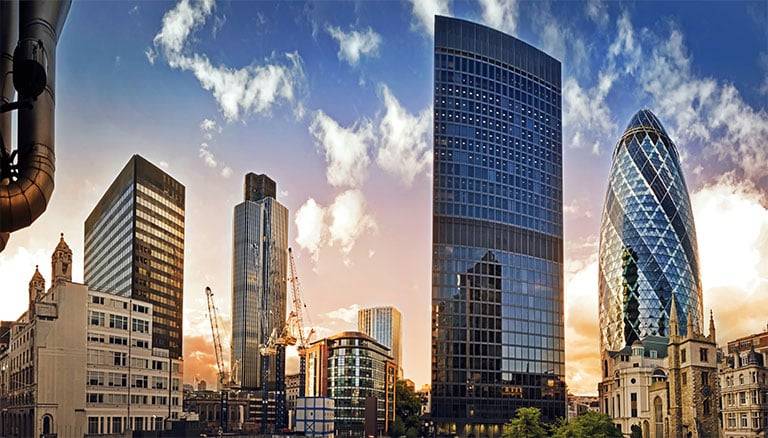
Pushing Boundaries and Influencing Future Generations
Norman Foster’s influence extends beyond architecture. As a visionary, he pushes the boundaries of design and promotes interdisciplinary thinking through the Norman Foster Foundation. His sustainable practises inspire generations to come. Foster’s awards, including the Pritzker Prize, recognise his pioneering legacy. His fusion of technology and aesthetics leaves a lasting impression on cities around the world and shapes the future of architecture.
